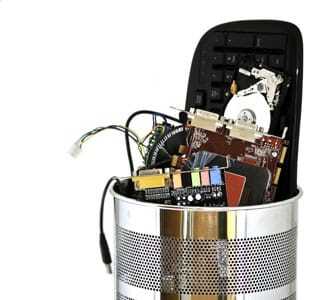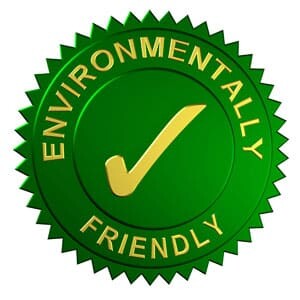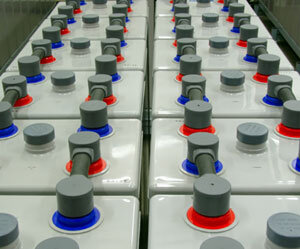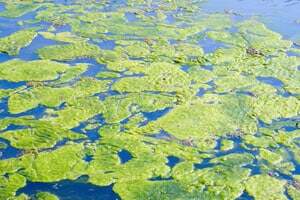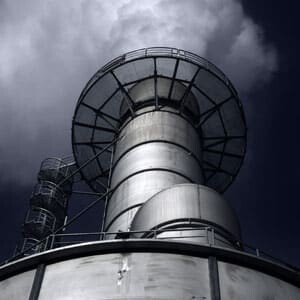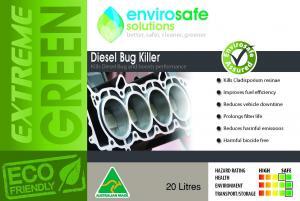 Envirosafe Solutions is keen to promote an environmentally sound approach to lifestyle, business, education and family life. We also support the dissemination and sharing of green ideas and green views that may be of service to our clients and other members of the community and general public. We also care deeply about the need to educate the younger generation on issues such as conservations, sustainable living, climate change, responsible use of fossil fuels and various energy alternatives. We believe in instilling a sense of “green values” in the younger generation.
Envirosafe Solutions is keen to promote an environmentally sound approach to lifestyle, business, education and family life. We also support the dissemination and sharing of green ideas and green views that may be of service to our clients and other members of the community and general public. We also care deeply about the need to educate the younger generation on issues such as conservations, sustainable living, climate change, responsible use of fossil fuels and various energy alternatives. We believe in instilling a sense of “green values” in the younger generation.
For this reason, Envirosafe Solutions has compiled this useful overview of a few green website links for parents, educators and children. We hope they can be of use to you, your schools and your families.
Planet Patrol
A great eco-friendly website written by children and for children. It contains information on the latest environmental technology, interesting flora and fauna and explains how children can make a truly big difference by doing a few really little things.[1]
Turtle Care[2]
A Sunshine Coast based kids’ website and organisation focusing on turtles. A wonderful project resource site with some stunning visuals and photography of turtles. It also contains information on threats faced by turtles and has information for schools and also for volunteering.
KidsLife[3]
A good website aimed at empowering parents to help their children reach their full potential. It has a very good little section on environmental education.
Victorian Association for Environment Education[4]
A great member based professional website for educators in Victoria. It encourages and supports educators to engage in environmental education and sustainability.
Environmental Education – NSW Department of Education and Training[5]
An excellent website filled with information for teachers and for children. It outlines environmental and sustainability education, and offers teachers guidelines and ideas.
Gould League[6]
The Gould League has been helping us enjoy the environment since 1909. A wonderful website and not for profit organisation that is both an innovator and leader in environment and education. It also puts out a wonderful environmental newsletter titled “Squawk.”
Wetlands Environmental Education Centre[7]
A nice website focusing on the Hunter and Central Coast region of NSW. Offers school programs and other programs throughout the year.
Ollie’s World[8]
An interactive site for children with a section for children and a section for educators. Also has a range of interactive CD roms for use by educators.
This compilation is a small selection from a comprehensive eco-friendly websites list currently being developed by Envirosafe Solutions. We encourage you to educate your families and children on the importance and reality of the current global environmental predicament and will keep you informed about other relevant websites in the not too distant future. In the meantime, please consider the Envirosafe Solutions range of eco-friendly products, suitable for use domestically and also in business and industry of all kinds. Join the green revolution. Show you care. Buy products from Envirosafe Solutions’ Extreme Green range of products. For more information telephone our sales team on 1300 889070.
[2] http://www.turtlecare.com.au/sea-turtle-information-for-kids.php
[3] http://www.kislife.com.au/Default.aspx?ID=639
[4] http://www.vaee.vic.edu.au
[5] http://www.curriculumsupport.education.nsw.gov.au/env_ed/index.htm
[6] http://www.gould.edu.au/html/about_gould.asp








